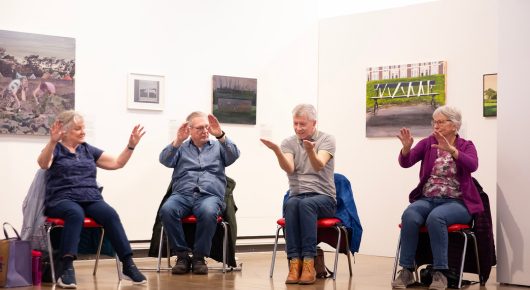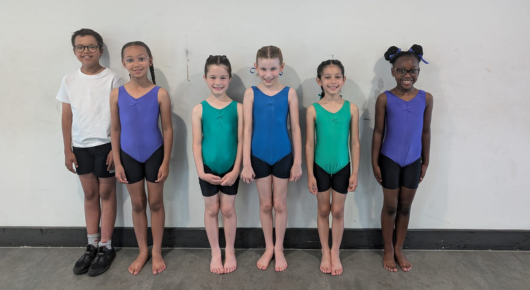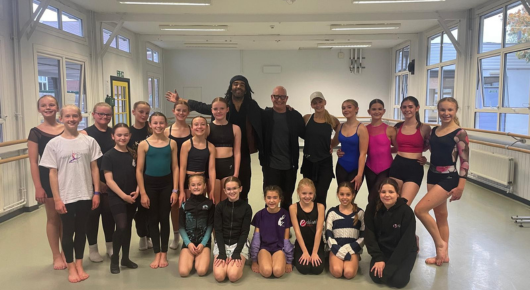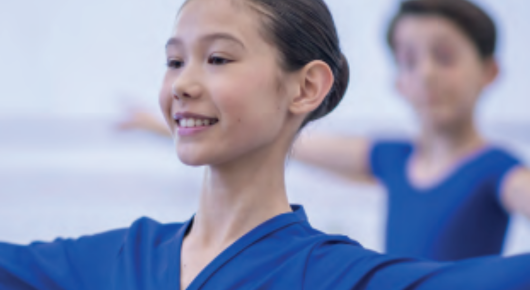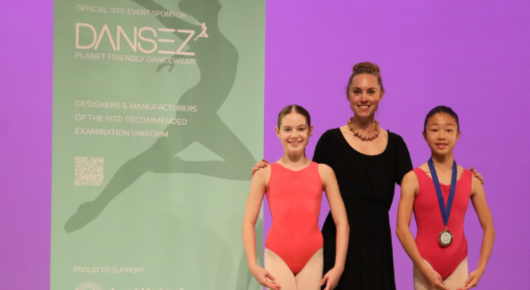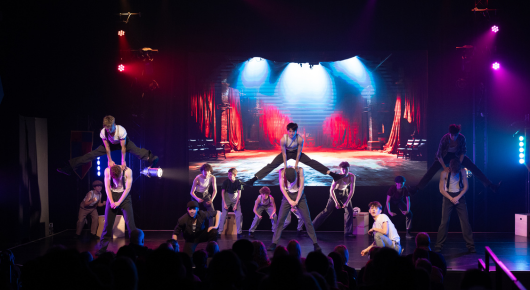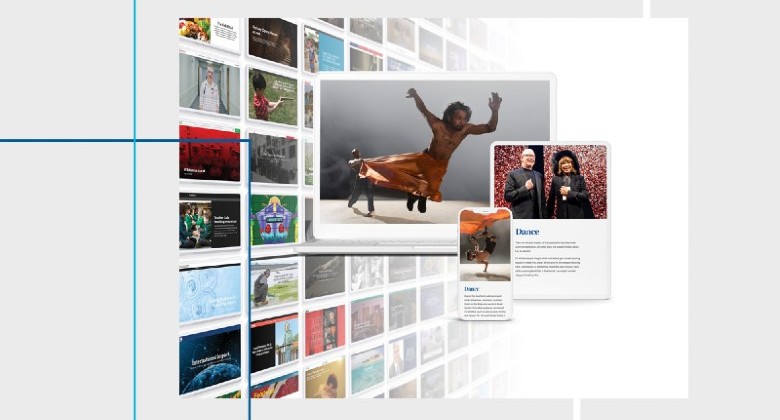18 August 2025
Dance can be easily incorporated into the classroom and lead to numerous benefits, including improved physical and mental health. But what does delivering lessons in schools look like in practice? We explored this with Malcolm Hill, Head of Dancesport.
How long have you been teaching in schools for? What is the main goal for the students that you teach in schools?
I have been teaching in schools for over 20 years now, with the main goal for students being interaction, teamwork and fun. Over the years, many of the students I have taught have taken part in after school clubs, where we work towards taking ISTD medal tests. In some schools, they have even taken a medal test as a class or a year group as part of their school curriculum.
How do students respond to having structured dance training like ISTD syllabi as part of their school experience?
As with any lesson in a school, children either like it, love it, or loathe it, Therefore, being skilled in behaviour management in a school setting is vital and something that I had to learn very early on in my teaching career. Usually, in a dance school setting, you don't have to worry about whether children want to learn how to dance or not because they're coming specifically for that skill set. But as you work with a mainstream school class continually, the children come to accept that this is part of their schooling routine and therefore know the expectations and join in and do have fun.
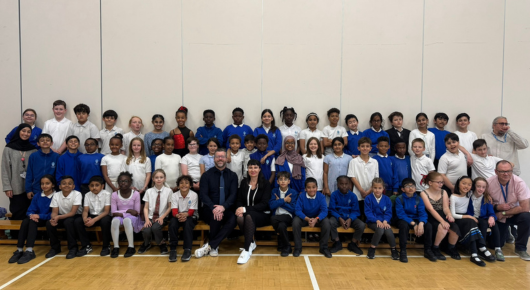
What are some of the unique rewards of teaching in a school environment?
What is special about working in mainstream schools is the outreach that comes with it. I am in a very unique and privileged position where I am able to teach children who would not necessarily always be able to access or be exposed to dance. As with any kind of teaching that you do, the rewards are immense, from watching a child who did not want to interact or partake in a lesson who then suddenly starts to develop a greater confidence in their own abilities.
Do you think dance supports learning in other areas of the curriculum?
Dance in mainstream schools is such a wonderful thing to offer. Having it as part of a curriculum in the schools that I've been part of has been a real enrichment to the curriculum. It's an enhancement to the children's learning environment. Quite often in lessons I refer back to other types of learning that is taking place within the year group, in particular, such as historical information around the dancers that they are learning. In one of the schools that I teach at have a Spanish Day each year and therefore we do dances based on Spanish influence, such as Paso Doble.
Why is it important for young people to have a creative outlet like dance in school?
Having the freedom to be creative is so important for all children. Sometimes children who are not typically academically inclined can lack personal confidence in school. Having the opportunity to learn something different, which they may find they are good at, boosts them and makes them aware that they can have different strengths. Recently, in one of my school settings, we held medal tests followed by a special awards ceremony. One child received the award for "Most improved over the year", and their reaction was unforgettable. The sheer joy and sense of recognition on their face was really moving, especially knowing that they may never have received an award like that before. To see them celebrated for their growth in dance was something truly special.
What advice would you give to other teachers looking to bring ISTD dance into schools?
Stay strong, build rapport with the children, and set clear boundaries. Teaching in schools can be incredibly rewarding, though it does come with its challenges. Having a supportive network within the school makes a big difference. Take time to learn the school’s behaviour management and reward systems, this helps you align with the wider team and ensures the children are more receptive to your presence and teaching.
Want to teach in schools?
We offer a range of resources to support our members in starting to teach dance in schools. Our primary and secondary school cheat sheets provide top tips on how to successfully secure dance opportunities in mainstream education settings.
Visit our Find Your Dance Space page.
